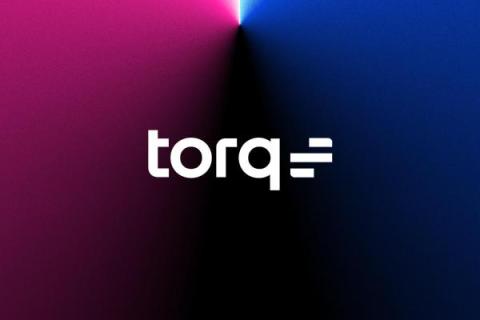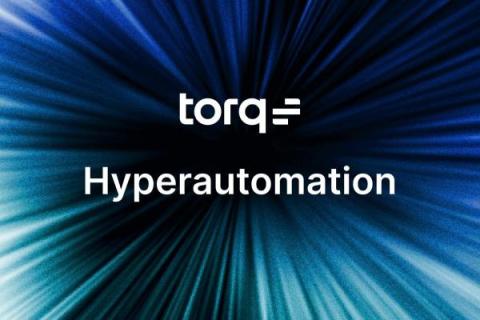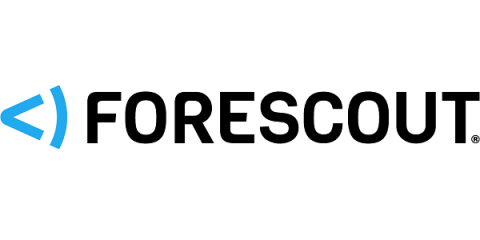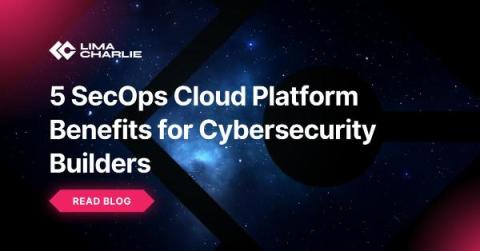Security | Threat Detection | Cyberattacks | DevSecOps | Compliance
Latest News
The Journey to True Hyperautomation
SOC Efficiency is the New Imperative
SOC Models: In-House, Out-Sourced, or Hybrid SOC?
Unlock the Power of Your SIEM with Co-Managed SOC
Security information and event management (SIEM) systems play a pivotal role in cybersecurity: they offer a unified solution for gathering and assessing alerts from a plethora of security tools, network structures, and software applications. Yet, the mere presence of a SIEM isn't a magic bullet. For optimal functionality, SIEM systems must be appropriately set up, governed, and supervised round-the-clock.
CMMC Certification: What It Is, What the Requirements Are, and What's Changed With 2.0
How Hyperautomation Unblocks the Events Processing Bottleneck
Nightfall AI Launches Human Firewall Feature to Help SecOps Teams Tackle High-Volume Alerts with Velocity
Torq for MDR: Increase Margin and Onboard Customers Faster
5 SecOps Cloud Platform Benefits for Cybersecurity Builders
The SecOps Cloud Platform (SCP) is LimaCharlie’s vision for the future of cybersecurity. The SCP delivers core cybersecurity capabilities and infrastructure API-first, on-demand, and pay-per-use. It’s a paradigm shift similar to what the IT public cloud did for IT—but for cybersecurity. The SCP model benefits nearly everyone working in security today, from large organizations and enterprise security teams to managed service providers and SMBs.










